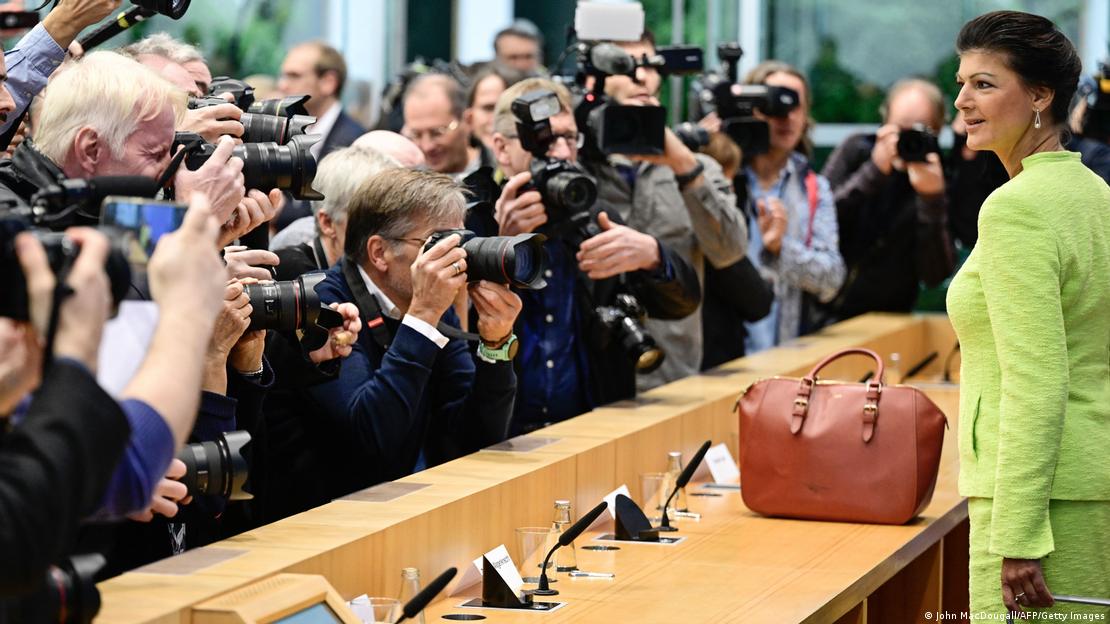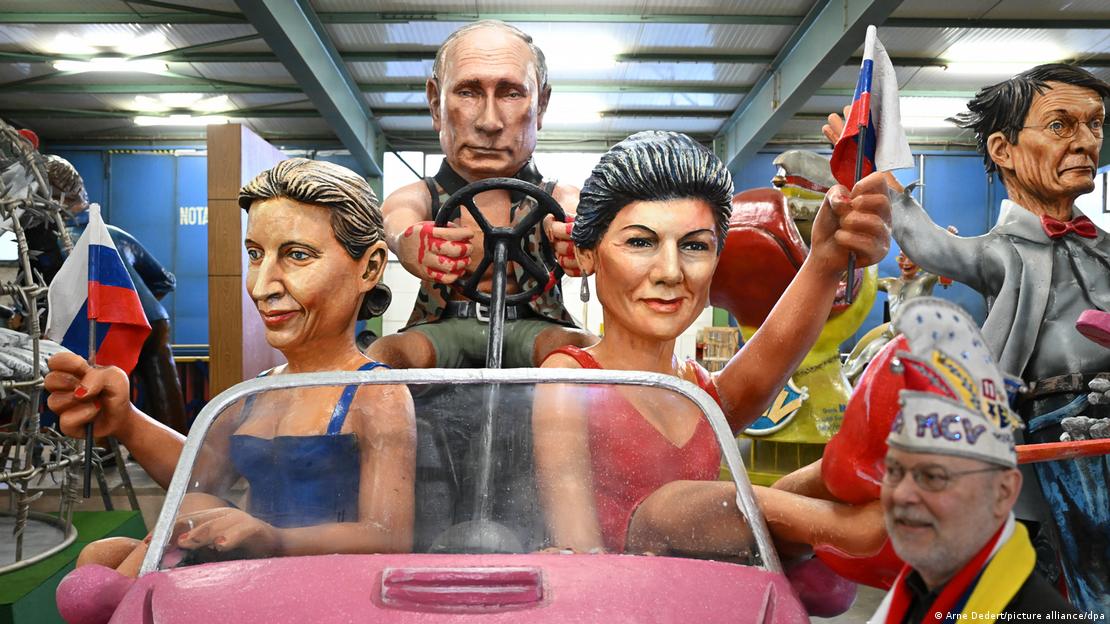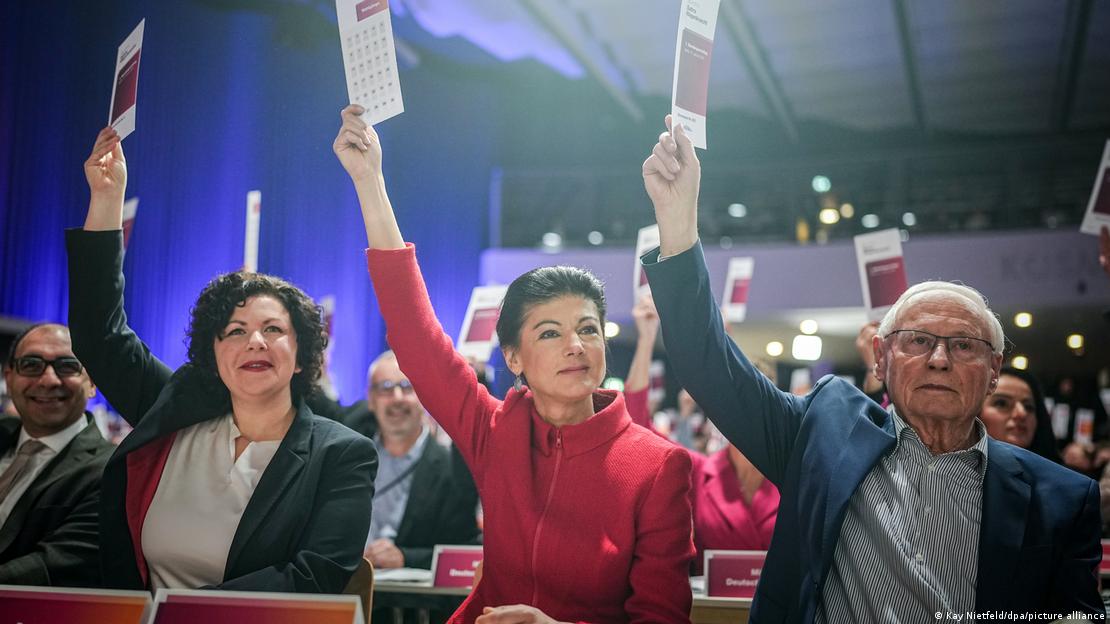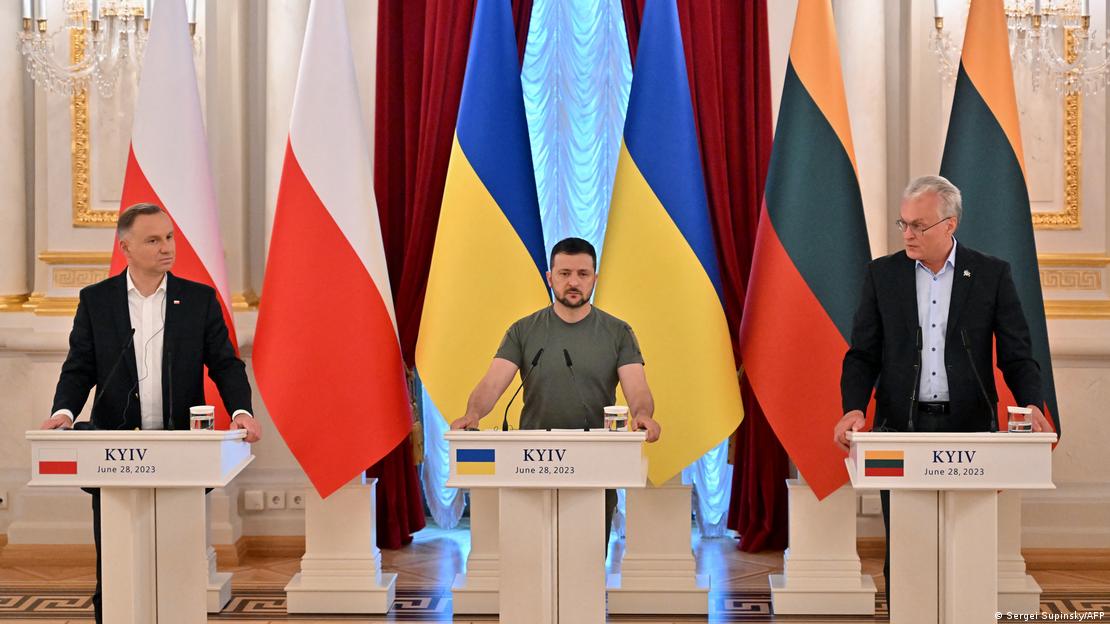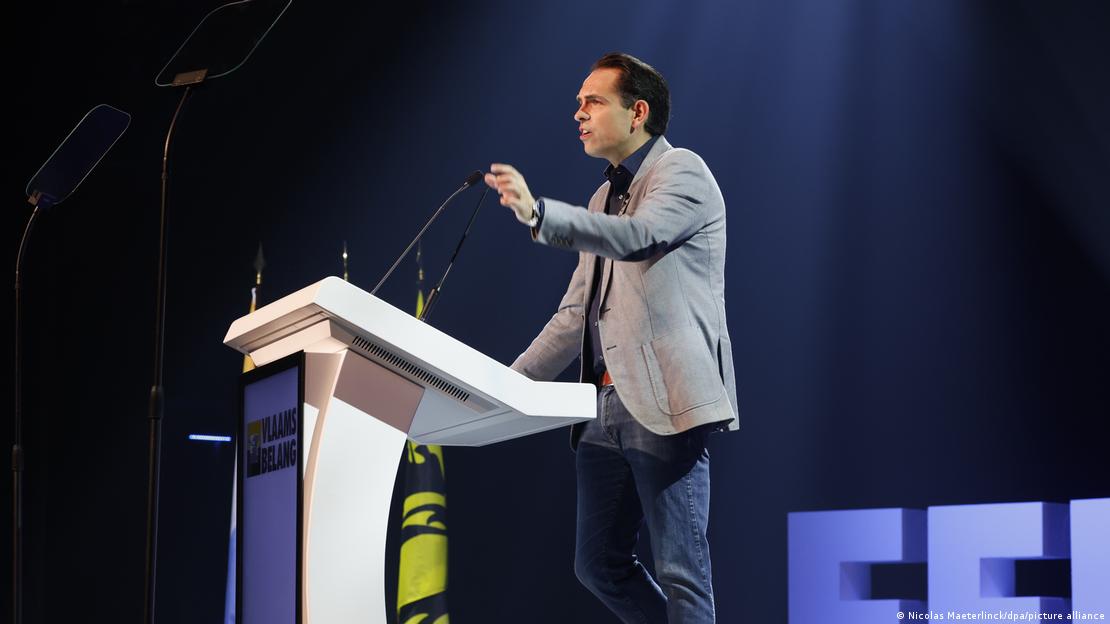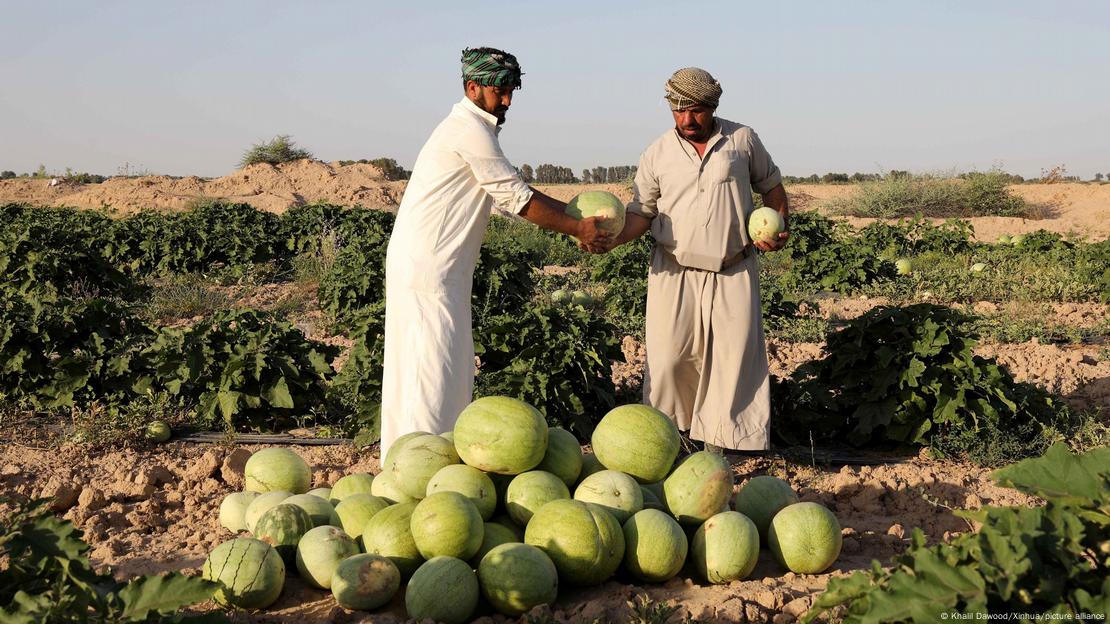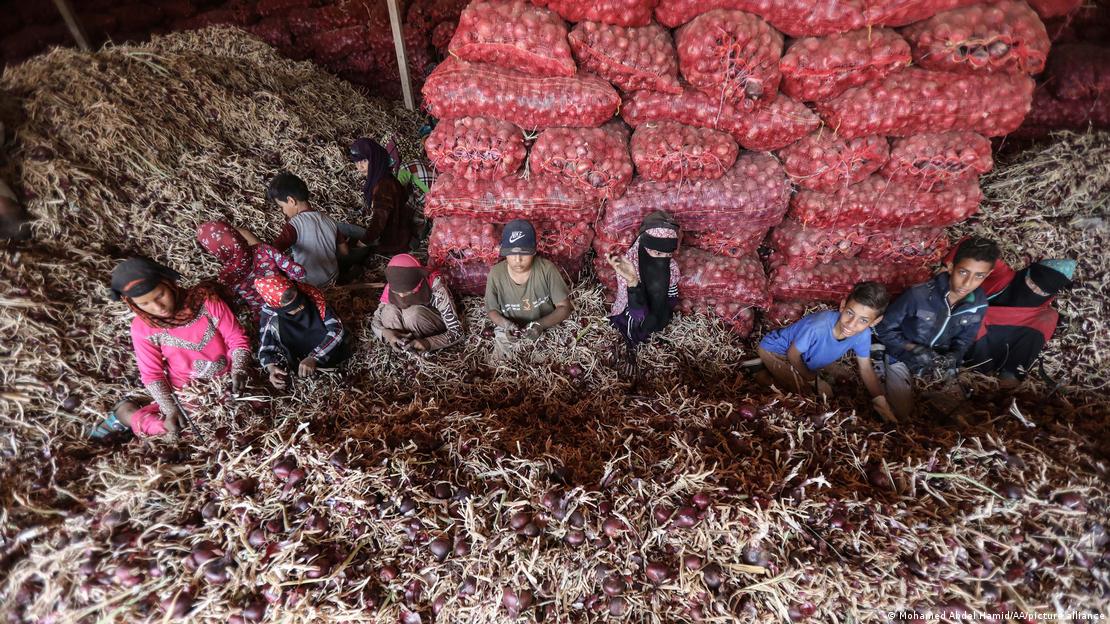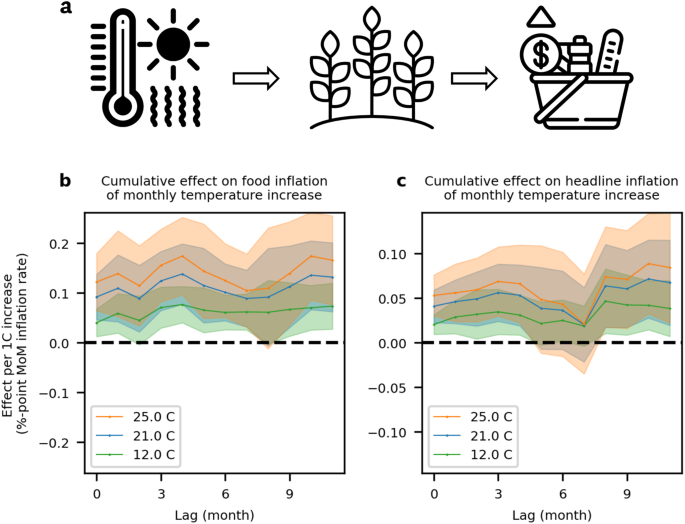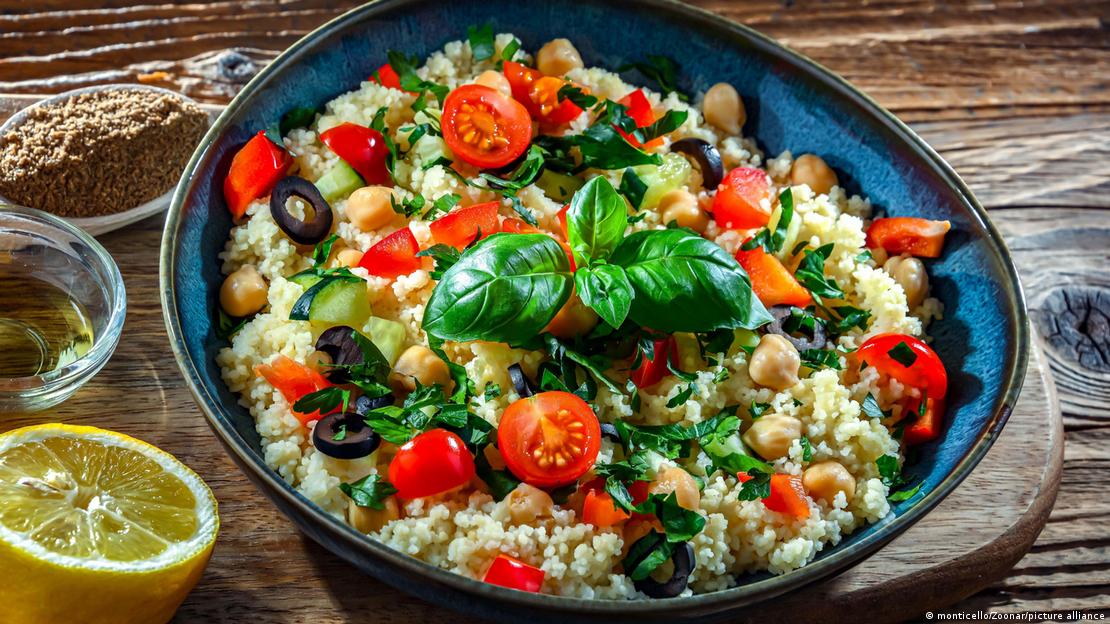An enduring mythology has developed around stolen, looted and missing masterpieces that have not been seen for decades.
From "Poppy Flowers" by Vincent Van Gogh to Rembrandt's missing masterpiece, "Christ in the Storm on the Sea of Galilee," to Nazi-looted works by the likes of Gustav Klimt, absence has made the heart grow fonder for long-lost artistic treasures.
In 1969, thieves stole the "Nativity with St. Francis and St. Lawrence," an early Baroque painting by Italian artist Caravaggio, which the artist completed in 1609 and which hung in a church in Palermo on the island of Sicily. Fifty-five years later, its whereabouts remains a mystery.
Depicting the birth of Jesus, the vast work extending near 3 meters in height was removed from its frame in the church by two thieves. It allegedly fell into the hands of the Sicilian Mafia.
After the infamous art crime was investigated by the US Federal Bureau of Investigation, Interpol and Italian police, it is believed to remain in Sicily and could fetch around $20 million (€18.43 million). Several Mafia members are said to have attempted sales on the black market, with one arrested in 1981 after he was said to have buried the masterpiece.
Meanwhile, five paintings worth hundreds of millions of euros were stolen from the City Museum of Modern Art in Paris in 2010, including Pablo Picasso's "The Pigeon with Green Peas," Henri Matisse's "Pastoral" and Georges Braque's "Olive tree near l'Estaque."
These also have never been found — despite the thief having stood trial. The unprecedented French heist was described by one city official as "one of the worst events for the city of Paris, on a par with the Notre Dame fire, earth-shattering for France and the world."
World's top unsolved art crimes
The long-lost Caravaggio mentioned above features in the FBI's published list of Top 10 Art Crimes, which also includes works by Dutch master Van Gogh.
Hidden, stolen or lost: 10 famous treasures with mysterious stories
The Rhine Gold of the Nibelungen, the Amber Room or the Treasure of the Knights Templar: Many famous troves have never resurfaced. Their whereabouts remain a mystery to this day
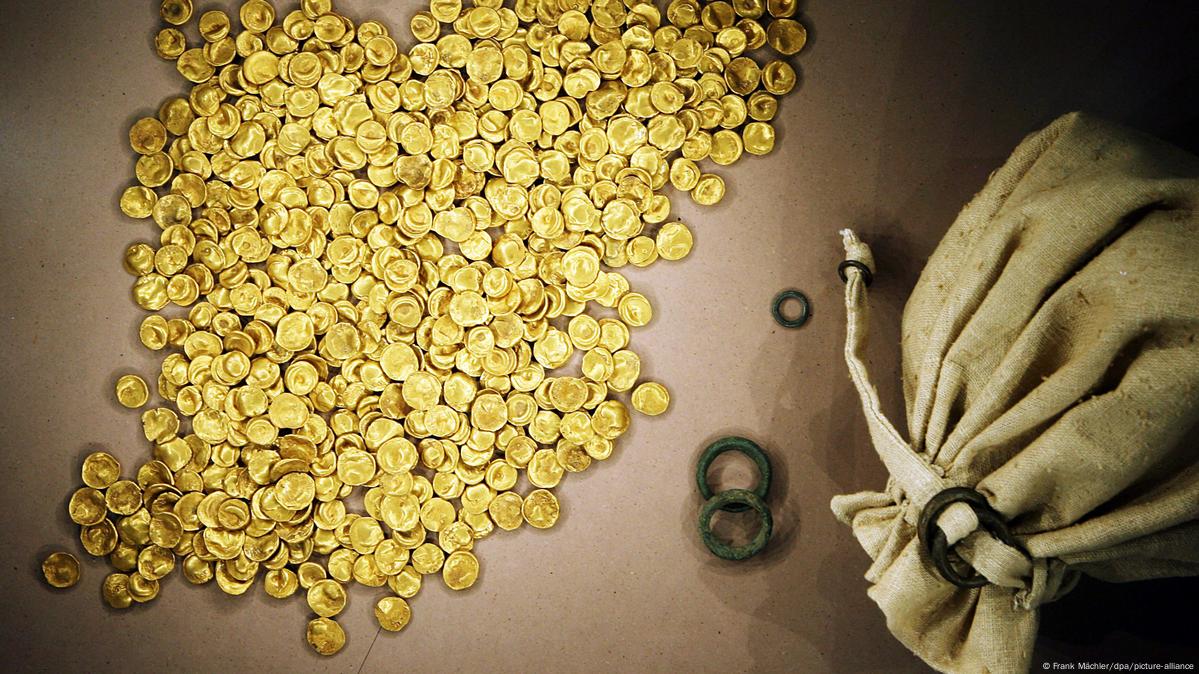
The Amber Room
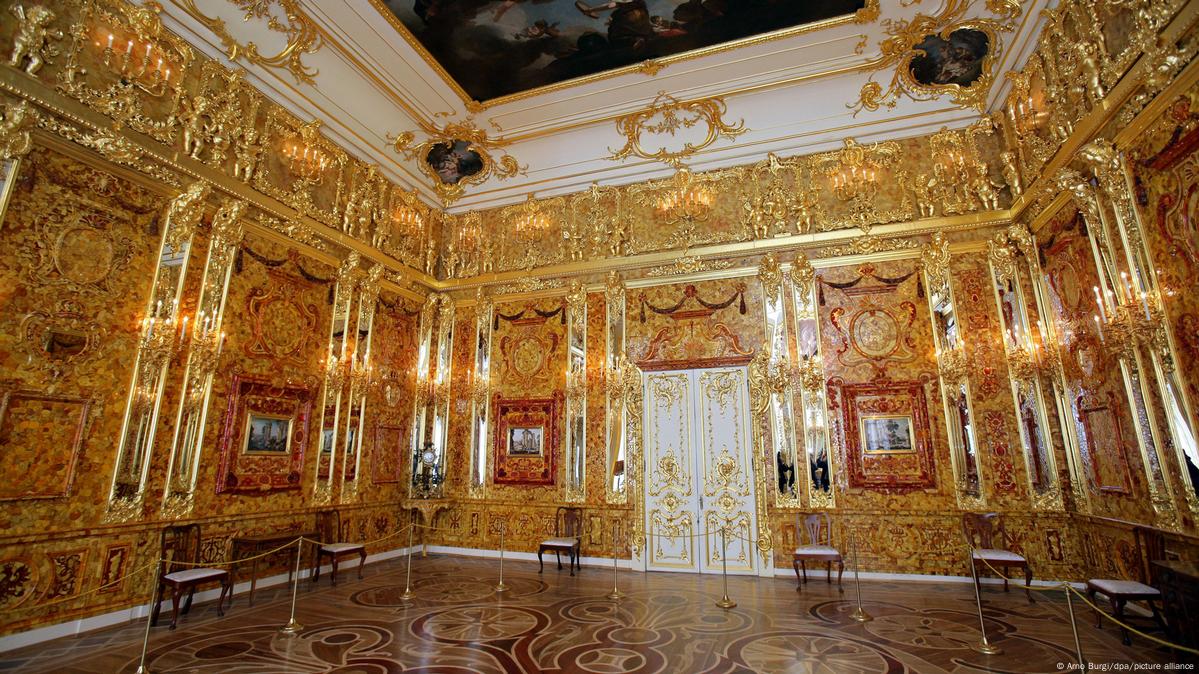
The legendary Amber Room was given by Frederick William I of Prussia to Russia's Peter the Great in 1716. During World War II, it was looted by the Nazis, who took the valuable amber to Königsberg, then in Germany. By the end of the war, the amber panels, which had been packed away in crates, disappeared. A replica can be seen in St. Petersburg, but the original remains missing to this day.
Nazi gold train
The Rhine Gold
The treasures of the Jerusalem Temple
The Tsar's Gold in Lake Baikal

Where is the last tsar's gold treasure? Maybe in the depths of Lake Baikal? According to legend, in the winter of 1920, two years after Tsar Nicholas II had been murdered, opponents of the new communist state tried to save wagons full of gold across the frozen lake. But they broke through the ice. The search for the treasure has been ongoing ever since.
The treasure of the Knights Templar
In 1307, the wealthy Knights Templar became too powerful for the French King Philip IV. He had their leaders arrested and murdered. But where was their fortune? Philip's men did not find great wealth in the religious houses. Since then, the myth that the knights hid the treasure has persisted. Some treasure hunters believe it to be in Israel, Scotland or Oak Island in Canada.
The Honjo-Masamune sword

The Japanese master blacksmith Okazaki Masamune (1264-1343) produced the legendary katana that the samurai Honjo Shigenaga is said to have carried. The long sword was a status symbol of the Tokugawa dynasty and was passed down from generation to generation for centuries — until it was stolen by the Americans after World War II in 1945. It hasn't resurfaced since.
A van Gogh self-portrait: 'The Painter on the Road to Tarascon' (1888)

This van Gogh painting, which shows the artist walking with his painting equipment in southern France, was stored with hundreds of other pictures in a salt mine in Stassfurt, south of Magdeburg, during World War II. Two fires in April 1945 are said to have destroyed the pictures. Or were they perhaps stolen by US soldiers or the Nazis? To this day, there is no trace of the painting
Two of Charles Darwin's notebooks

In 2000, two of Darwin's notebooks disappeared after a photo shoot. Their value: several million pounds. Did the Cambridge University Library simply file them incorrectly? After two decades of unsuccessful searches, they unexpectedly reappeared in a publicly accessible area of the library in a pink gift bag, with an Easter greeting to the librarian.
The 'Big Maple Leaf' gold coin
There is no trace left of the 100-kilogram coin, which was probably melted down or chopped up and then sold. On March 27, 2017, the "Big Maple Leaf" coin was stolen from a display case in Berlin's Bode Museum and transported away with a wheelbarrow and skateboard. A spectacular theft. It was valued at €3.75 million. Several men from organized crime families were convicted in 2021
For instance, the $55 million-valued "Poppy Flowers," an 1887 painting by Van Gogh, was stolen twice from Cairo's Mohamed Mahmoud Khalil Museum — first in 1977 before it was found a decade later, and then again in August 2010 — the last time it was seen.
Four paintings by Van Gogh, Paul Cezanne, Edgar Degas and Claude Monet respectively were stolen in 2008 from a Swiss museum in what was described as a "spectacular art robbery." Masked and armed men entered the Emil Bührle Collection at the Kunsthaus Zurich and removed the masterpieces, before taking off in a car.
Recovering missing art
Luckily for art lovers, some of these works have found their way back to their rightful owners.
The perpetrators of the 2019 Dresden Green Vault Museum heist that saw 18th-century jewels worth more than €113 million stolen were bought to justice in 2023 — even if all the jewels did not turn up with the thieves.
A diamond encrusted sword hilt was among numerous recovered items, but some may never be seen again.
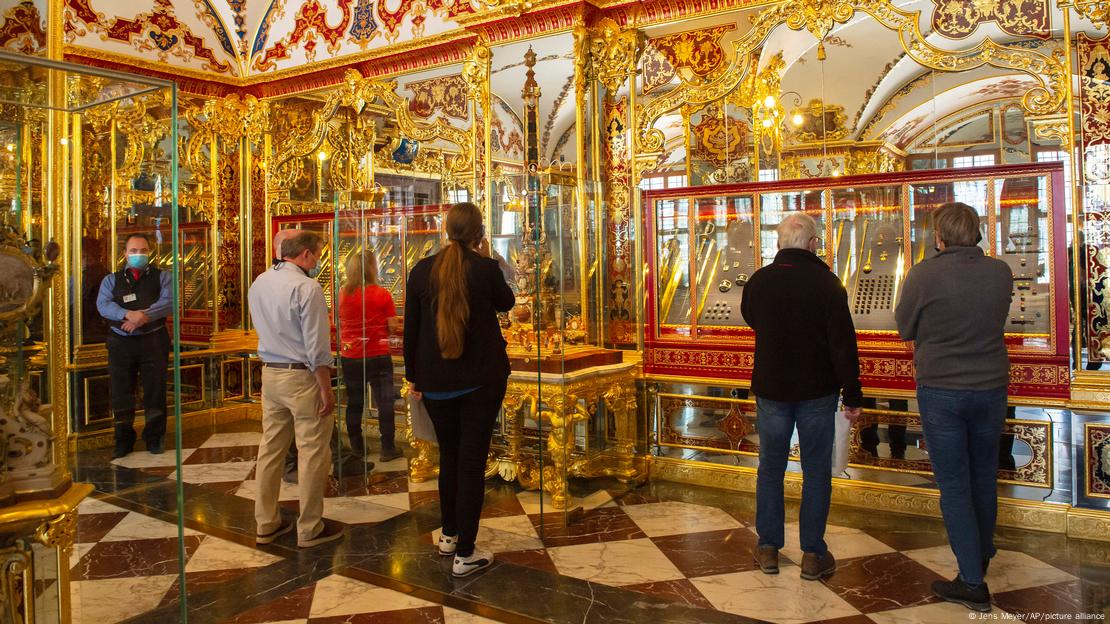
Former lawyer Christopher A. Marinello founded the UK-based Art Recovery International (ARI) as a means to help recover stolen, looted and missing works of art. He provided information to aid in the recovery of the Dresden jewels.
Marinello told DW that he received "a number of tips from various sources on the whereabouts of the stolen jewelery," and passed the information to law enforcement investigating the case.
"Most of our work begins when stolen and looted objects are being offered for sale," he said of ARI's recovery strategy.
"We attempt to stop the sale and negotiate a discreet resolution with the possessors and the victims," Marinello explained, adding that such negotiated out-of-court settlements save "expensive public litigation."
ARI has recently also helped return screenprints by Andy Warhol valued at $500,000 from the pop artist's Endangered Species Series.
Earlier this year, Spanish police also recovered a painting by British artist Francis Bacon that was stolen from a Madrid apartment in 2015.
Returning Nazi-looted art
Marinello also targets artworks looted by the Nazis, including a work by Polish art deco painter, Tamara De Lempicka, titled "Myrto," that was stolen from war-time France.
Locating these Nazi-looted masterworks, many from Jewish families and art dealers, is often difficult.
"People who knowingly possess stolen or Nazi-looted works of art have no scruples or moral inclination to return someone else's property," said Marinello, who is actively searching for looted art by French impressionists Pierre-Auguste Renoir, Camille Pissarro and Edgar Degas.
Gurlitt Collection: Germany's most infamous Nazi-looted art trove
So far, only 14 works were proven to have been looted under the Nazis among the some 1,500 found in Gurlitt's hoard.
Carl Spitzweg, 'Playing the Piano,' ca. 1840
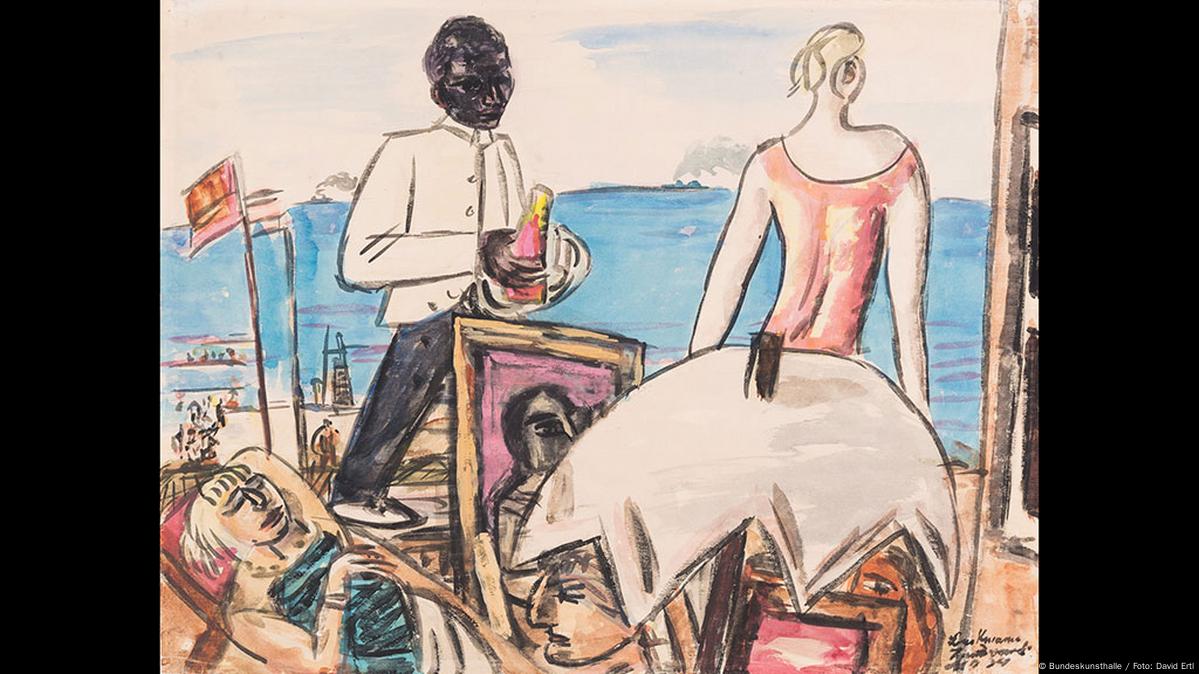
This drawing by Carl Spitzweg was seized in 1939 from Jewish music publisher Heinri Hinrichsen, who was killed at the Auschwitz death camp in 1942. It was acquired by Nazi art dealer Hildebrand Gurlitt — and later found among the spectacular collection of works hoarded by his son, Cornelius Gurlitt. The work was auctioned by Christie's at the request of Hinrichsen's heirs.Image: Staatsanwaltschaft Augsburg/Lost Art Datenbank
Max Beckmann, 'Zandvoort Beach Cafe,' 1934
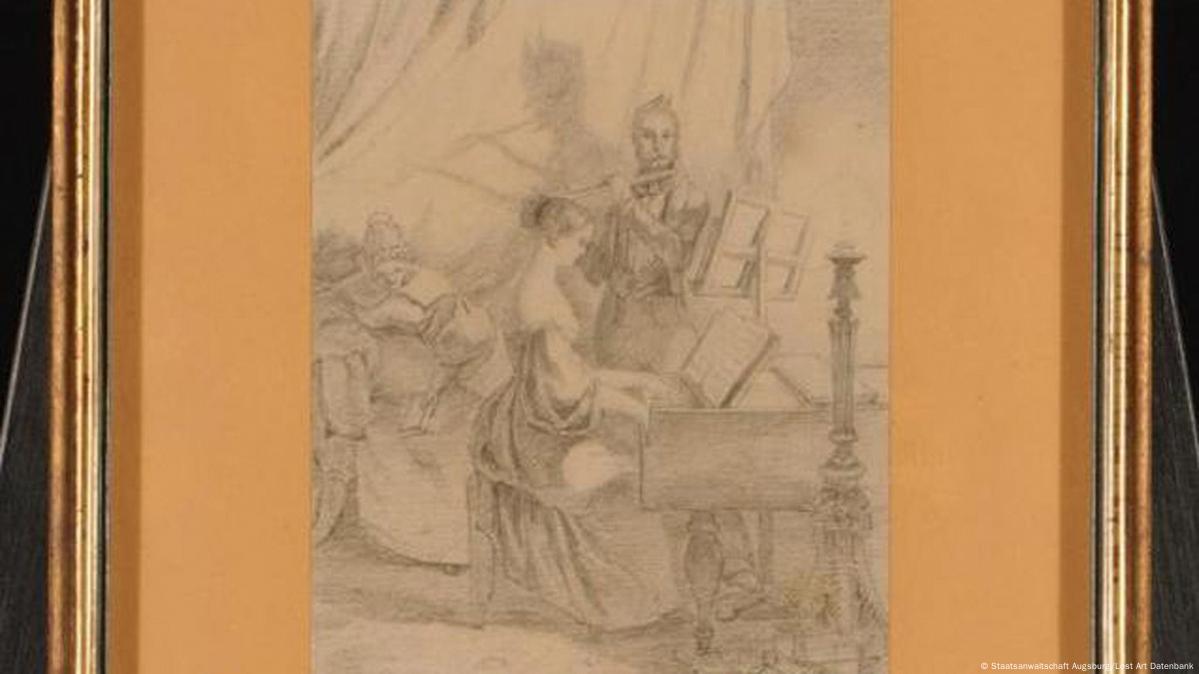
The watercolor by the Jewish painter Max Beckmann entered Gurlitt's collection only in 1945. Held by the allied occupation forces at the Central Collecting Point in Wiesbaden from 1945-1950, it was returned to Hildebrand Gurlitt in 1950. Before working for the Nazi regime, Gurlitt had collected and exhibited modern art, curating Beckmann's last exhibition in 1936 before the artist fled Germany.
Otto Griebel, 'Veiled Woman,' 1926

This work was owned by lawyer and art collector Fritz Salo Glaser. Artists of Dresden's avant-garde scene were his guests in the 1920s — as was the young Hildebrand Gurlitt. It is not known how Gurlitt came to possess the painting. It was confiscated in 1945 and later returned. Of Jewish heritage, Glaser only narrowly avoided deportation to the Theresienstadt concentration camp in 1945.
Claude Monet, 'Waterloo Bridge,' 1903

This painting by the famous impressionist is not suspected to have been looted. The artist sold it to the Durand Ruel Gallery in 1907. The Jewish art merchant and publisher Paul Cassirer is said to have given it to Marie Gurlitt as a present, and she left it to her son Hildebrand Gurlitt in 1923.
Thomas Couture, 'Portrait of a Seated Young Woman,' 1850

A short handwritten note allowed provenance researchers to identify this work by the French painter as a looted work of art. The picture was seized from the collection of Jewish politician and resistance leader Georges Mandel, who was executed by French fascists near Paris in 1944. German Culture Minister Monika Grütters (right) handed over the work to Mandel's heirs in January 2019.
Paul Signac, 'Quai de Clichy,' 1887

The activist group Provenance Research Gurlitt identified this painting by French neo-impressionist Paul Signac as stolen Jewish property in October 2018. Gaston Prosper Levy fled Nazi-occupied France in 1940. Occupying soldiers are believed to have looted his art collection shortly before his escape. The painting was returned to Levy's family in 2019.Image: picture-alliance/Keystone/A. Anex
Auguste Rodin, 'Crouching Woman,' approx. 1882

Hildebrand Gurlitt must have acquired this work by the French sculptor between 1940 and 1945. Previously belonging to the Frenchman Eugene Rudier, it entered circulation in 1919 at an auction by Octave Henri Marie Mirbeau, who is said to have received it as a present from the artist.
Albrecht Dürer, Knight, Death and Devil, 1513

This copper engraving by Albrecht Dürer once belonged to the Falkeisen-Huber Gallery in Basel. It is not known how it got there or how long it was there however. In 2012 the engraving turned up in Cornelius Gurlitt's collection. "Old masters" like Dürer were very important to the National Socialists' view of art and were often exploited for propaganda.
Edvard Munch, 'Ashes II,' 1899

The provenance of this drawing is completely unknown. It is certain, however, that Hitler considered Norwegian artist Edvard Munch's work "degenerate art." Some 82 pieces by Munch were confiscated in German museums in 1937.
Francois Boucher, 'Male Nude,' undated

Hitler venerated 18th-century French painting. He secured exceptional paintings for his own collection by targeting the collection of the Rothschild Family after the annexation of Austria. Hildebrand Gurlitt supplemented them with drawings by renowned French painters. He acquired this work by Boucher from a Parisian art merchant in 1942.
In Gurlitt's apartment

Cornelius Gurlitt hoarded the sculpture along with many other artworks for decades in his Munich apartment. Before his death in 2014, he consented to have his stocks researched and — should they include articles of stolen art — have them returned to their rightful owners in accordance with the Washington Principles on Nazi-looted art.
"Such individuals hide behind German privacy laws to protect their ill-gotten goods to the detriment of crime victims and victims of the Holocaust," he added.
Nonetheless, the investigator noted that a number of stolen works come into the hands of "honest dealers and auction houses" who are willing to work to have the art returned.
In 1976, German performance artist Ulay (1943-2020) decided to symbolically loot Nazi art when he stole Adolph Hitler's favorite painting, "The Poor Poet" (1839) by Carl Spitzweg.
Documented on camera as part of his performance, Ulay (whose real name was Frank Uwe Laysiepen) strolled into the National Gallery in Berlin, grabbed the artwork and drove with it to the poor immigrant enclave of Kreuzberg to hang it on a Turkish family's apartment wall. Before entering their apartment, though, he stopped at a phonebooth on the street and called the museum authorities to inform them where they could retrieve the painting.
"I made a statement that this was a demonstrative action, not a theft in the traditional sense," Ulay would later explain. He considered it a "protest action, first of all against the institutionalization of art, secondarily about discrimination against foreign workers."
Edited by: Brenda Haas












